We have just passed the four month mark for our journey, which is the halfway point in our bike ride across Asia (see map). I’m writing this from a hotel by the Bibi Fatima hot springs about 1,500 feet up the side of the Wakhan valley. Across the valley, on the other side of the Panj River, I can see Afghanistan and the Hindu Kush mountains rising up and disappearing into the clouds. For the next week, we will bike through remote parts of the Pamir Plateau, and I likely won’t be able to post this entry until we reach China, probably two weeks from now.
My greatest impression from this trip is the diversity — so many different languages, so many borders, so many (often inept, corrupt, and restrictive) governments. The speed of a bicycle, 10 miles an hour (actually, we average a slower pace than this) is slow enough to appreciate all of these changes and differences, but too fast to make sense of them. We are just scratching the surface of these countries and cultures.
In fact, this trip has made me feel incredibly naive, and the view of the world I received by crossing Latin America seems simplistic by comparison. I wrote a whole book about this previous journey, and claimed (implicitly) that I had learned something about the world. I now feel like I know so little. Just in this valley where I am right now, there are three different languages, and many more dialects. And that is in just one valley. Also, the local people are Ismaili, a Muslim sect I didn’t even know about before this journey, but they also incorporate Zoroastrian elements into their culture and religion. And this valley was on the border of so many empires that passed through Central Asia — Persia, Alexander the Great, Ghengis Khan, Tamerlane, and more recently, England and Russia during “The Great Game.” I’m amazed by how little I know.
I have the same feeling of gratitude, though, that I did during my last trip. So many people have invited us into their homes, shared tea (or in Georgia, chacha), and showed us hospitality. Muslim culture, in particular, places a high value on guests; people have said “guests are a blessing,” which in a sense both welcomes us and makes us feel like we are partaking in a holy act — which, I think, welcoming strangers into your home is.
That said, one thing that I’ve surprisingly struggled with is simple tolerance of other cultures. As travelers, we should respect the customs of the places we visit. Yet it’s difficult to respect the very different treatment of sex roles in many of the places we’ve been. In some Muslim communities we’ve traveled through — mostly small towns — it’s clear that men and women are not supposed to mingle. Men would not talk to Lindsey — they would only talk to me. And in a few houses that we were invited into, the wife/daughter-in-law of the household would cook for us, but wouldn’t eat with us or talk to us. This has reminded me that although we share so much with other people around the globe, as shown by their generosity, we are also very different.
I’ve also been reminded of how individualistic our American culture is. Here it is all about family. Especially in Tajikistan, where we’ve spent the most time with families, we’ve realized that marriages are often arranged, with women married — sometimes (in our limited survey) to cousins — in their late teens. Then, they live with their husband’s family, doing all of the cooking and cleaning while their mothers-in-law help look after their children.
It’s been interesting to see the importance of Russia as we bike through these former USSR countries. All older people speak Russian, and many are surprised when we don’t (One man asked, incredulously, “didn’t you go to school?”). We see the legacy of Russian and communist influence as the following: governments are authoritarian, heavily censor the media, and, especially in the case of Uzbekistan, continue to play a role in regulating the economy; almost every household has at least one family member working in Russia, sending money home; people drink vodka, and it is much easier to buy alcohol than in Turkey; and, I’m not sure if it is communist influence or not, but it’s also hard to find good food in Central Asia.
We’ve encountered a lot of poverty, but for some reason it feels very different from the poverty I experienced in Latin America. I don’t feel like I’ve encountered the same type of oppressive, entrapping poverty as I saw in places like Honduras or Venezuela. Maybe it is because societies aren’t quite as unequal here — in Latin America, it feels like the division between the elites and the poor is much starker, and even racial in origin, dating back to colonial history. Here, people complain about the lack of jobs, and the empty shelves in stores suggest a complete lack of commerce in some places. But nonetheless, it feels different. One reason might be the legacy of education that the USSR left — people in villages here are often quite well-educated. One of the towns where we met the most English speakers was Khorog, Tajikistan, which is a small mountain town of only 28,000 people. We talked with many people who spoke excellent English and are pursuing post graduate degrees — even though the town was relatively poor and didn’t even have treated water. Nonetheless, the region overall is very poor, and the quality of life could improve dramatically with development.
With regards to climate change, we’ve been interviewing people — especially older people — as we travel, asking them if they think the climate has changed in their lifetime. We’ve been surprised by the responses. So many people say that it has in fact gotten warmer, and in Central Asia almost everyone says that there is less snow now. I am skeptical of many people’s abilities to accurately compare current weather conditions with that of three or four decades ago. The “less snow” may be just due to a few bad years in the past decade, and not a true long term climatological trend. Nonetheless, the consistency of answers suggests that it is real, and that people are noticing it.
Unfortunately, our conversations have also shown that few people understand much (or anything) about climate change, and those who do don’t give the issue much thought. This isn’t too surprising. Over the past few decades, people in Central Asia have seen the collapse of the USSR, which has totally upended the political and economic system. Tajikistan endured a brutal civil war, which left the country among the poorest in Asia. In some parts of the countryside, farmers had to relearn subsistence farming techniques, which had been forgotten during Soviet times. Turkey, the only non-former USSR country we’ve visited, hasn’t seen quite the same level of change, but it has seen its economy double in the past decade. It isn’t too surprising that people in these countries aren’t thinking about a problem that is looming in the future, but still abstract.
Nonetheless, this is unfortunate, because climate change is something that will affect their lives in the next few decades — especially the farmers we’ve stayed with. It is also especially unfortunate in countries like Turkey, where economic growth is leading to a rapid growth in greenhouse gas emissions. Turkey is planning to double its electricity supply in the next decade and is building so much new infrastructure. And yet it is doing so almost without considering climate change. The only cases where it puts policy in place to support wind or solar energy appear to be due to pressure from the European Union, or because the country wants to develop more domestic energy supplies. Even more worryingly, the strongest environmental movements in Turkey appear to be the anti-dam and the anti-nuclear movements — both of which have merits, but if successful, will likely result in the construction of more coal and gas power plants. Climate change needs to be a more meaningful part of the public dialogue.
Next up, we will be traveling through the giants of Asia: China and India, with Nepal and Bangladesh also on the schedule. In these countries, both the causes and the impacts of climate change should be more evident. We are planning to visit the northern parts of China, where coal is both produced and burned at a rate equaled nowhere on earth. And we’ll bike Bangladesh, where tens of millions of people are at risk to sea level rise, and the Ganges River Basin, where tens of millions are at risk to annual flooding. It is daunting and exciting. We look forward sharing with you what we learn.
For now, though, we will bike through the wilderness of the Pamir Plateau and enjoy an isolated part of the earth where few people live. Check rideforclimate.com for updates.







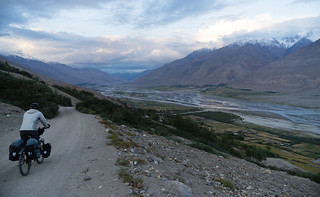
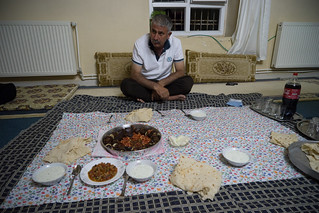

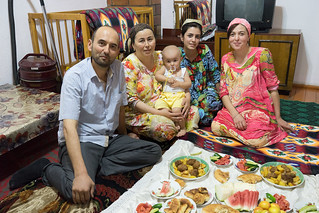
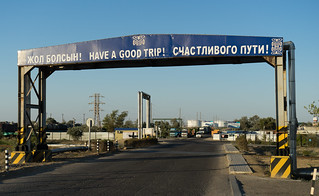
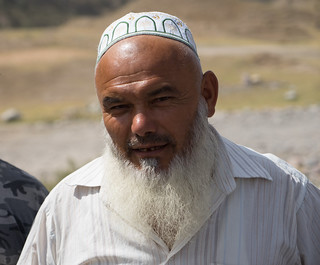
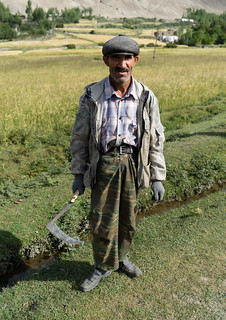
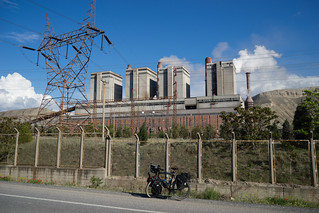
Fascinating comparison of the poverty on different continents. Actually, I hang on every word because you are able to express such excellent reflections on the conversations you have been having and the geography and politics that you are riding through :-)